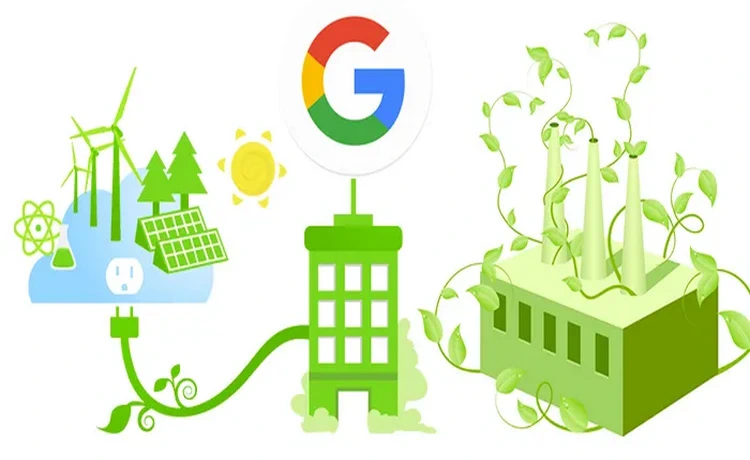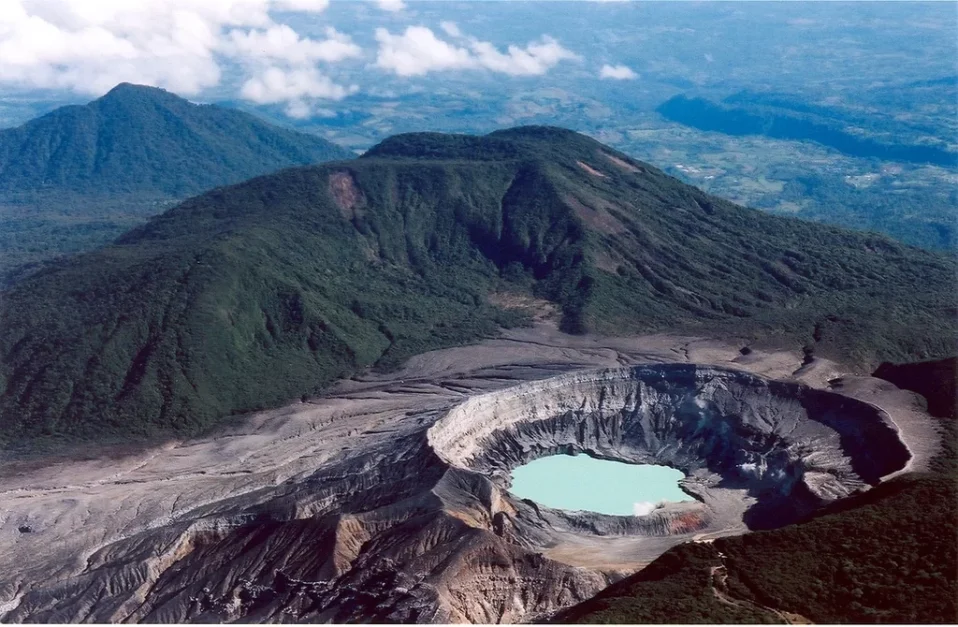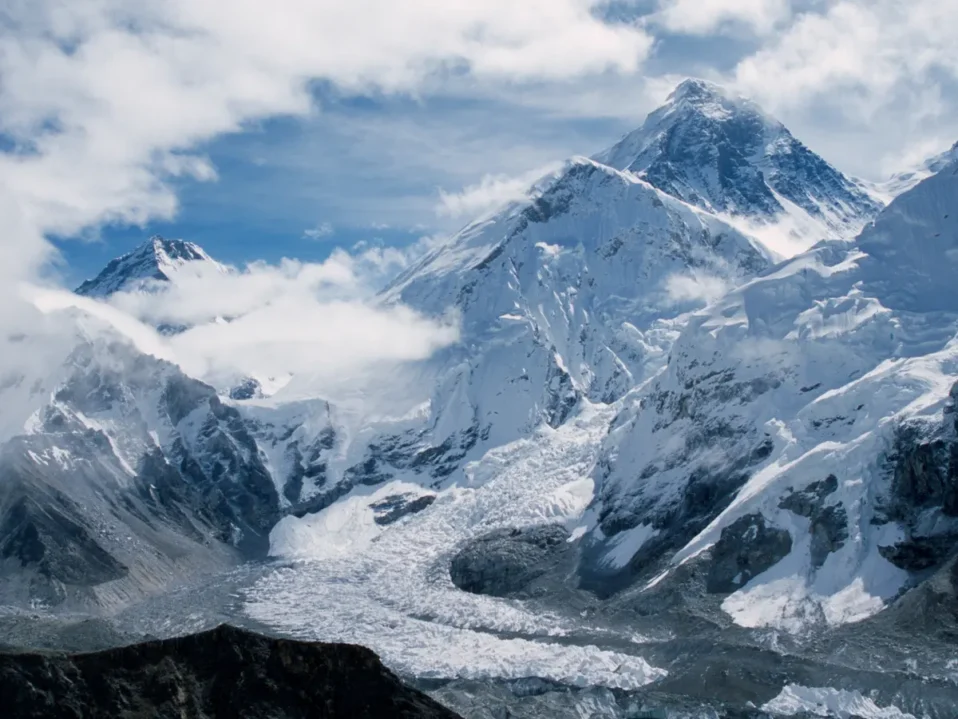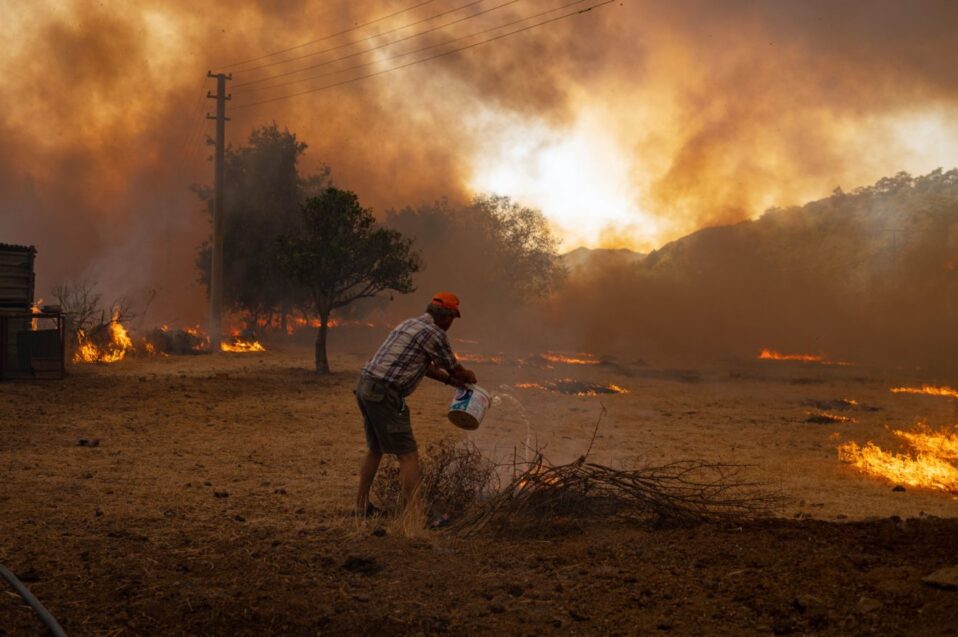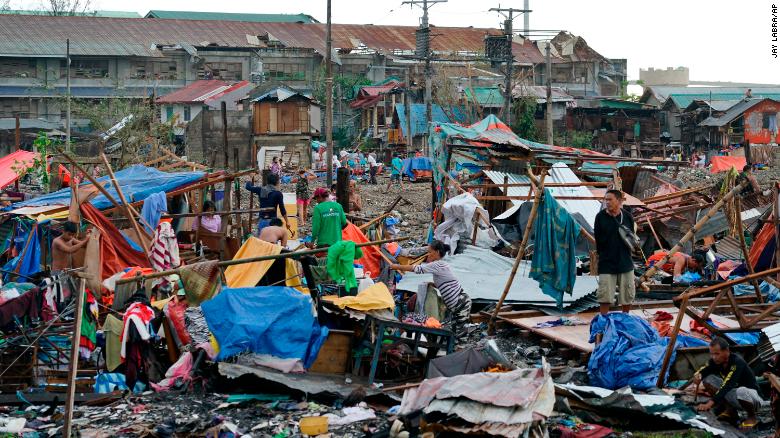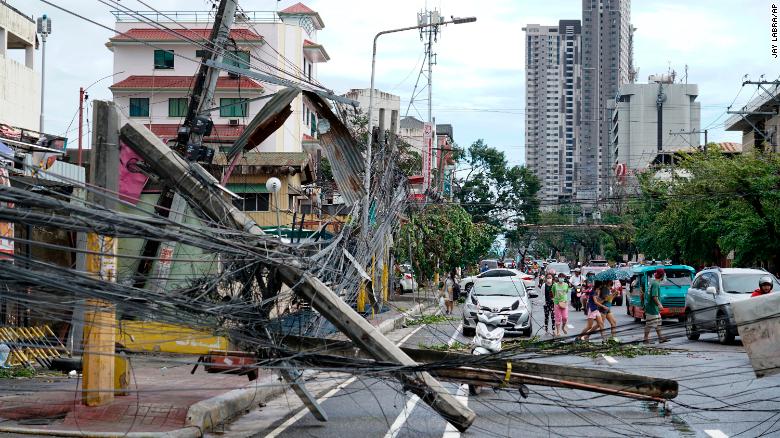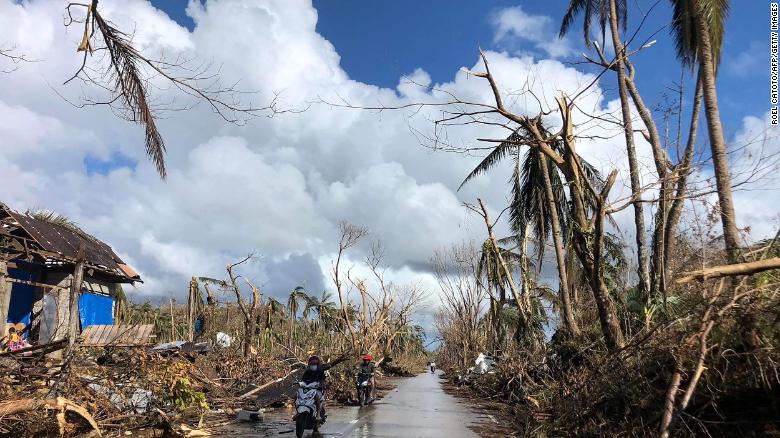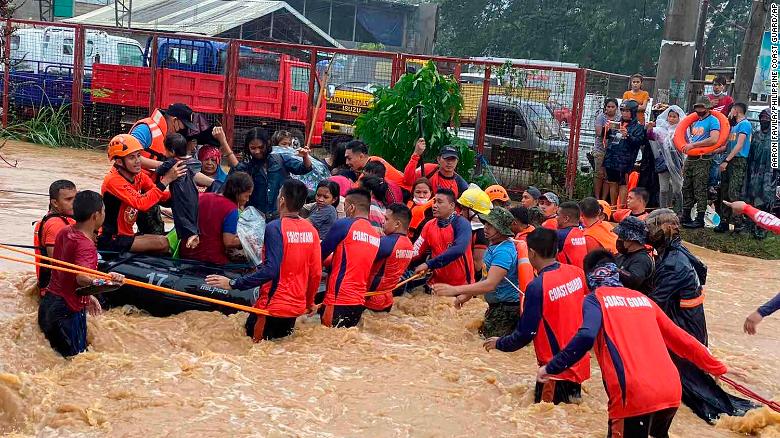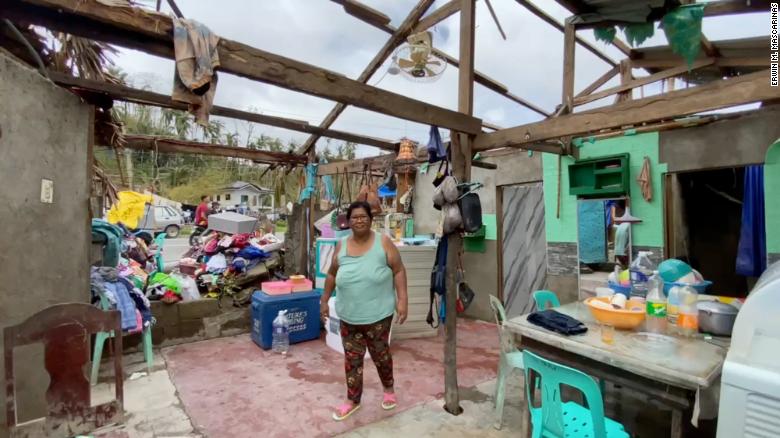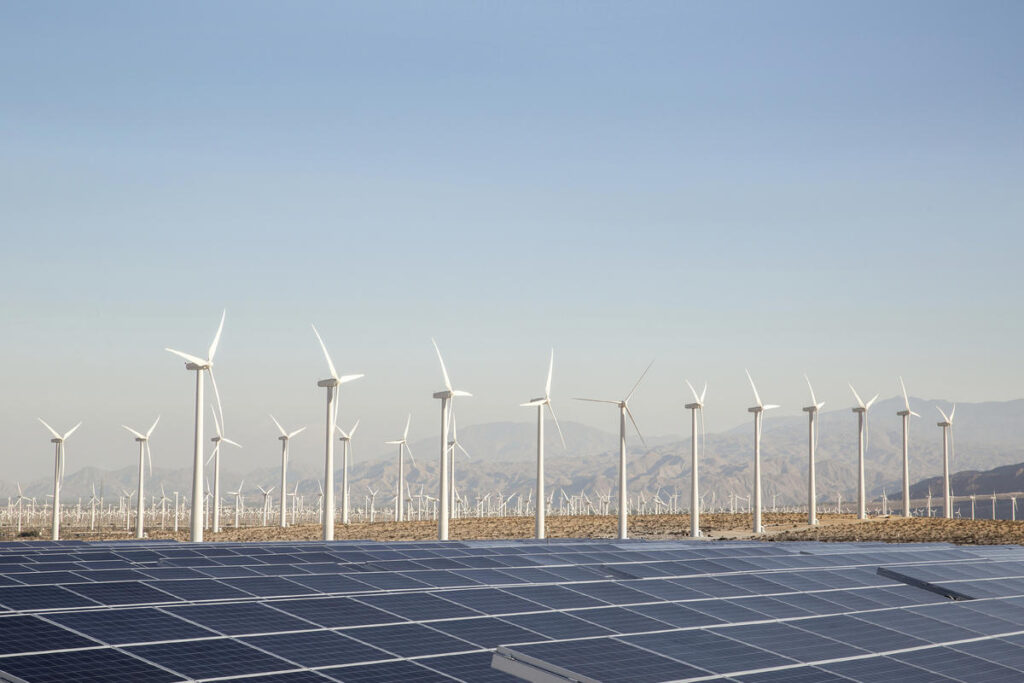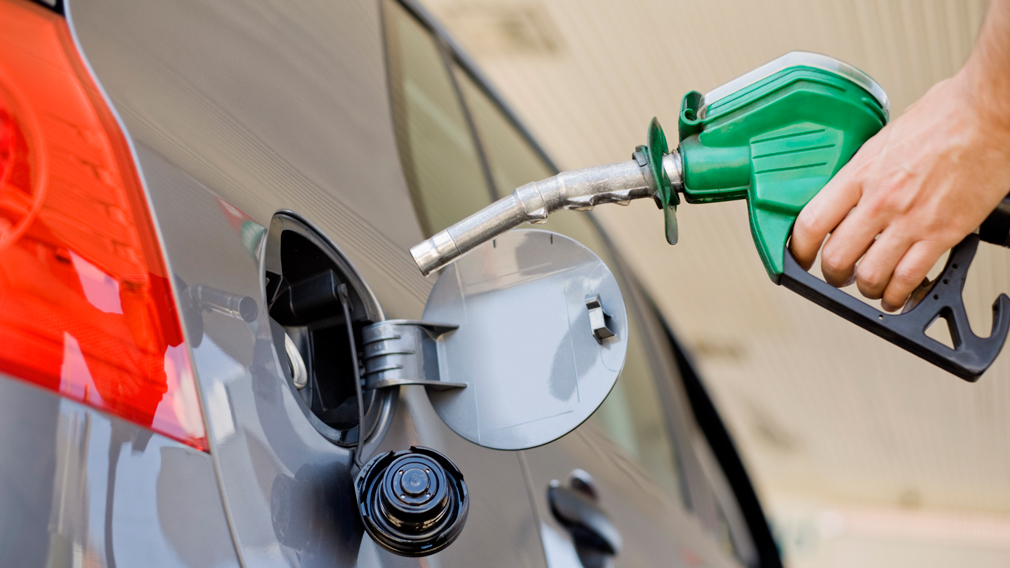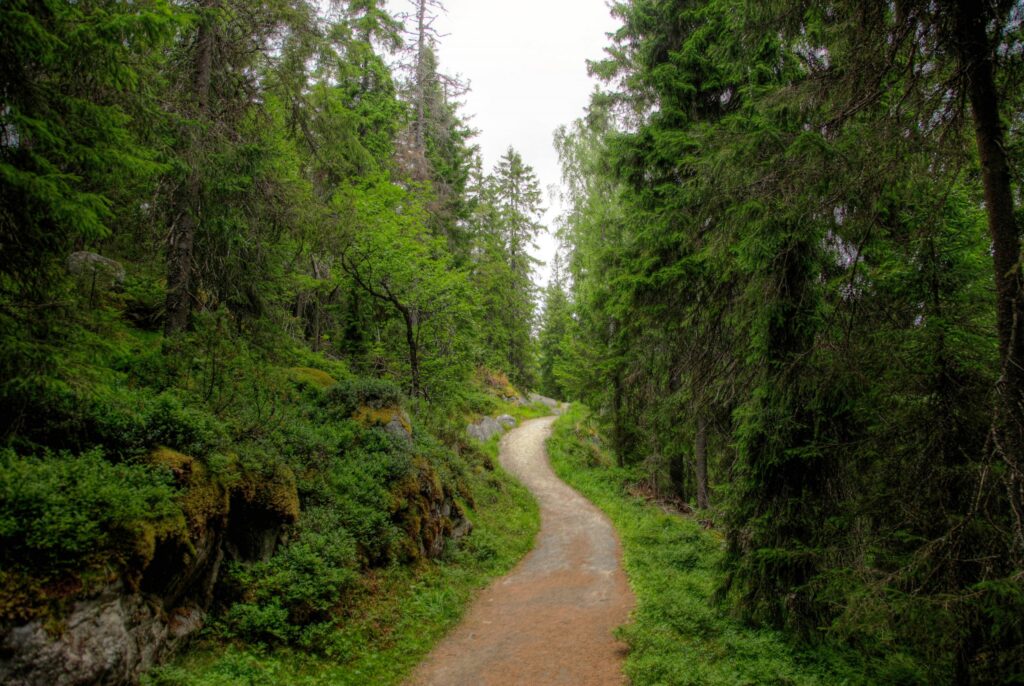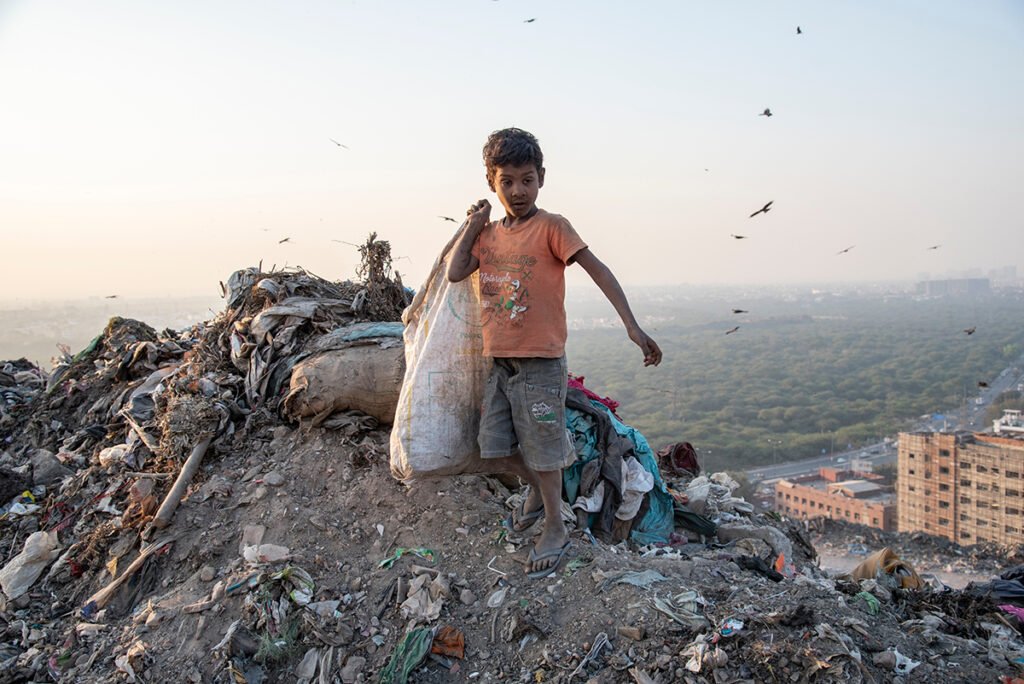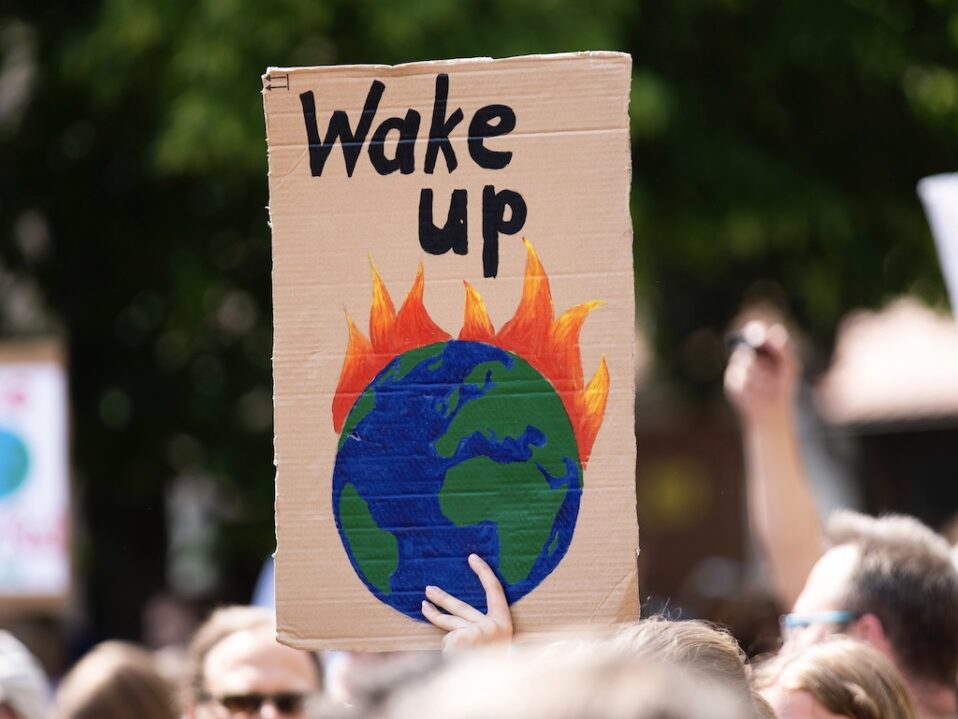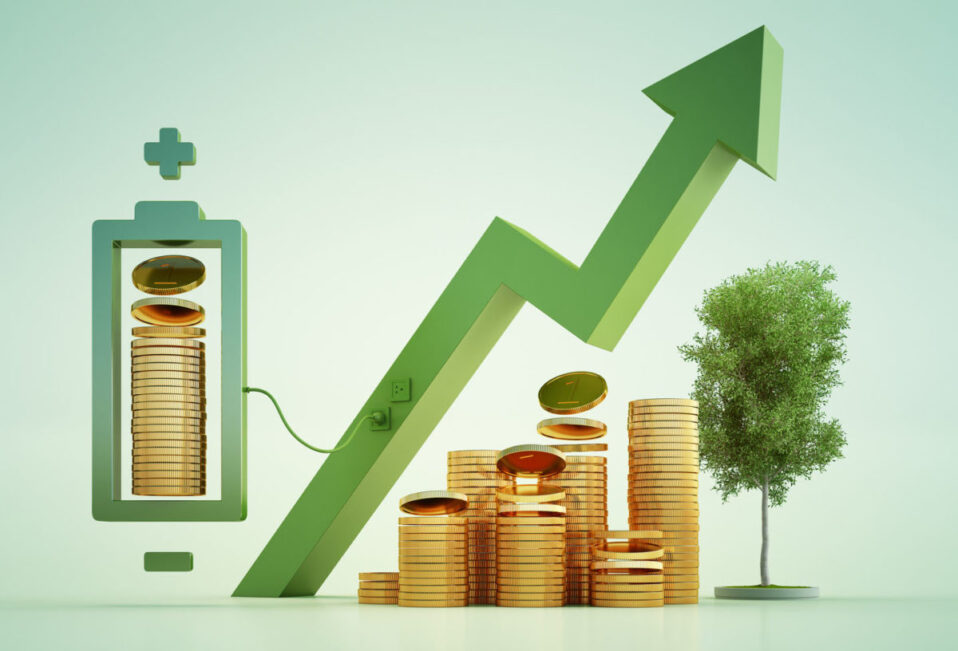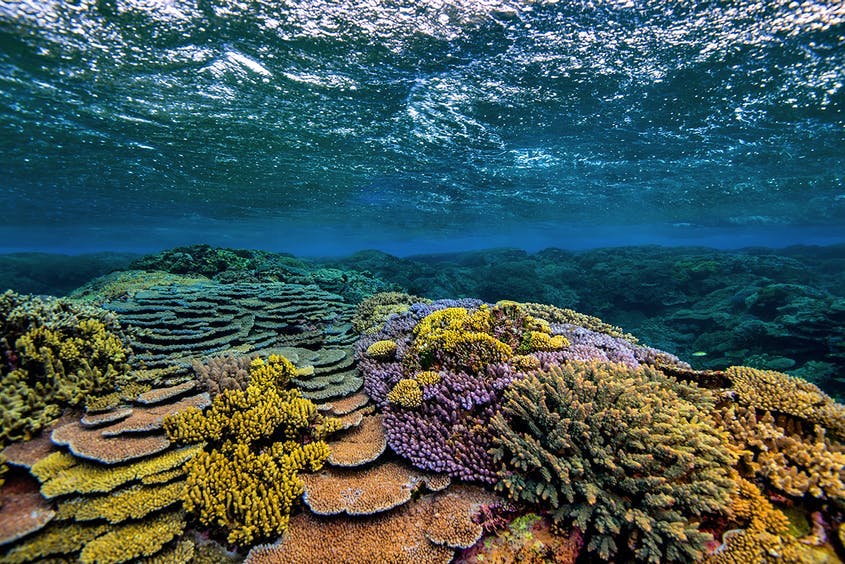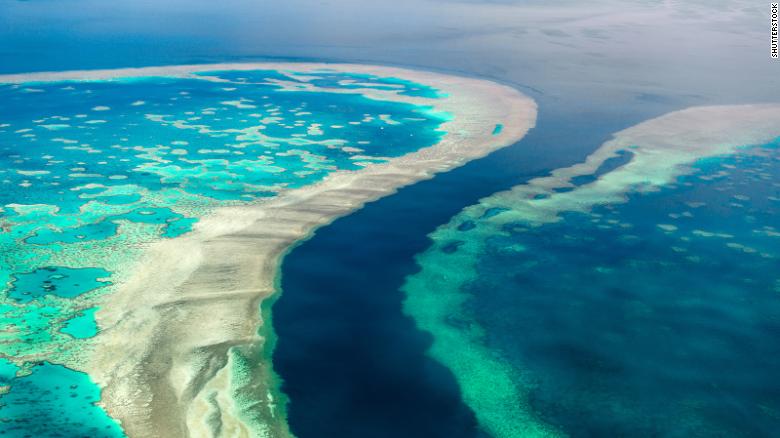Amazon, Google, Ikea and BMW are among some of the world’s biggest companies failing to meet their own proclaimed climate targets and align with international agreements to slash greenhouse gas emissions, a new report claims, CNN reports.
The Germany-based NewClimate Institute assessed the climate strategies of 25 major companies and found that while they all “pledge some form of zero emission, net zero or carbon-neutrality target,” just three of them are committed to reducing their “full value chain emissions” by more than 90% by their respective targets dates.
The “Corporate Climate Responsibility Monitor” report, published on Monday by NewClimate Institute and Carbon Market Watch, looked into how companies tracked and reported their greenhouse gas emissions, whether they set actual emissions reduction targets (as opposed to just using terms like “net zero”), what measures they were already taking and whether any plans to offset emissions had been publicized.
To achieve net zero, a company would need to reduce its greenhouse gas emissions as much as possible and offset any that remained, whether through activities like planting trees to absorb carbon dioxide (CO2) or using technology to “capture” harmful gases before they enter the atmosphere. Such technology is not fully developed yet.
The companies assessed in the report produce about 5% of the world’s greenhouse gases based on their self-reported emissions footprint.
But just 13 of the 25 provided concrete details about their plans to reduce emissions to achieve net zero, on average, committing to reduce their emissions from 2019 by only 40%.
And as a whole, the 25 companies committed to reducing less than 20% of their entire emissions footprint – or 2.7 gigatonnes of equivalent carbon dioxide – by their respective target years.
Based on the “transparency and integrity” of their climate pledges, the analysis categorized companies into five bands – from “very low integrity” all the way up to “high integrity,” which no company achieved.
Household names including BMW, Nestlé and Unilever – which owns brands like Dove and Magnum ice cream – were among 11 companies classified in the lowest “very low integrity” band, while Ikea, Google, Amazon, Walmart and Volkswagen were among those with “low integrity.”
Apple, Sony and Vodafone all rated in the middle, “moderate integrity,” category.
Some of the companies mentioned have hit back at the report’s findings, describing them as inaccurate or reliant on incomplete information.
Several said they were compliant with other well-established standards to put them in line with the Paris agreement, which aims to slash greenhouse gases to contain temperature rise to well below 2 degrees Celsius, and preferably to 1.5 degrees.
A large number of companies around the world have announced net-zero pledges in recent years, with many ahead of the COP26 climate talks in November last year. The increase in pledges makes it increasingly difficult to “distinguish between real climate leadership and unsubstantiated greenwashing,” the report said.
“As pressure on companies to act on climate change rises, their ambitious-sounding headline claims all too often lack real substance. Even companies that are doing relatively well exaggerate their actions,” said the NewClimate Institute’s Thomas Day, lead author of the study, in a press release.
“We set out to uncover as many replicable good practices as possible, but we were frankly surprised and disappointed at the overall integrity of the companies’ claims.”
The report found that two-thirds of the companies would rely on offsetting to achieve their pledges, and more were likely to do so. Offsetting emissions is increasingly being met with skepticism, as previous schemes have collapsed and recent forest fires, such as those in the western US last summer, exposed the dangers of relying too heavily on trees to store carbon dioxide.
The study’s authors suggest that companies should be looking at ways to stop emissions getting into the atmosphere in the first place, rather than focusing on offsetting.
Net-zero goals will only be reached if they are substantiated by specific short-term emission reduction targets, the report said.
“Setting vague targets will get us nowhere without real action and can be worse than doing nothing if it misleads the public,” said Gilles Dufrasne from Carbon Market Watch in a statement. “Companies must face the reality of a changing planet. What seemed acceptable a decade ago is no longer enough.”
Only one company’s net-zero pledge – Danish shipping giant Maersk – was evaluated as having “reasonable integrity.”
Maersk is aiming to reach net zero by 2040, and is one of three companies committed to reducing emissions across its value chain by at least 90%, the report notes. It adds that Maersk has invested in developing and scaling up alternative fuels.
The company said in August last year that it would spend $1.4 billion on eight large ships that will have the capacity to travel on green methanol as well as traditional fuel.
The report also highlighted some positive initiatives among companies that scored poorly overall.
Google, for example, is developing tools that will enable it to procure high-quality renewable energy in real-time, a tool that the report says is being picked up by other companies, the report’s authors said in a statement.
“We hope that companies will react constructively to our findings, to replicate the good practices that have been identified, and address any open issues,” Silke Mooldijk, a policy analyst from the NewClimate Institute.
“A first step would be to commit to ambitious deep reduction targets alongside their net-zero pledge. Second, we expect companies to adopt demonstrated emission reduction measures to target emissions across their value chain and invest in the development of innovative zero-carbon technologies where needed.”
What the companies say
A spokesperson for Amazon said that company was “committed to finding innovative solutions to reduce emissions” and pointed to its Climate Pledge, in which it aims to reach net-zero-emissions by 2040.
“We set these ambitious targets because we know that climate change is a serious problem, and action is needed now more than ever. As part of our goal to reach net-zero carbon by 2040, Amazon is on a path to powering our operations with 100% renewable energy by 2025 – five years ahead of our original target of 2030,” the spokesperson told.
Unilever, BMW, Nestlé, Volkswagen and Walmart all said that they were working to align with the Science Based Targets initiative (SBTi), a widely used standard established by the UN and other groups, including WWF and the World Resources Institute.
In response to the report, BMW told that it planned to be carbon neutral by 2050, and said that the company had set out “clear goals” for the interim year 2030. It said the report was implying the SBTi standards were insufficient.
Nestlé’s Global Head of Climate Delivery, Benjamin Ware, said the company’s greenhouse gas emissions had already peaked and were now declining. The work that went into the company’s net-zero roadmap was “rigorous and extensive,” he said.
“We have engaged with the NewClimate Institute to explain the data and methodology behind our strategy. We welcome scrutiny of our actions and commitments on climate change. However, the NewClimate Institute’s Corporate Climate Responsibility Monitor report lacks understanding of our approach and contains significant inaccuracies,” Ware told.
An IKEA told the company plans to align with the SBTi’s net-zero standard this year “to secure that our climate goals across the value chain … are in line with the science of 1.5°C.”
Unilever said that transparency and integrity were “of the utmost importance” to the company.
“While we share different perspectives on some elements of this report, we welcome external analysis of our progress and have begun a productive dialogue with the NewClimate Institute to see how we can meaningfully evolve our approach,” a Unilever spokesperson told.
The Volkswagen Group said that the SBTi had confirmed the company’s climate targets were “in line with the conditions for limiting global warming to “well below 2 degrees Celsius.” It said that the report had erroneously claimed the company was not making certain emissions data publicly available.
Walmart also told that the report did not “accurately characterize Walmart’s climate goals and actions, and the authors did not provide an opportunity to provide corrections.
“Google, Apple and Vodafone did not immediately reply to CNN’s request for comment. Sony declined to comment.



